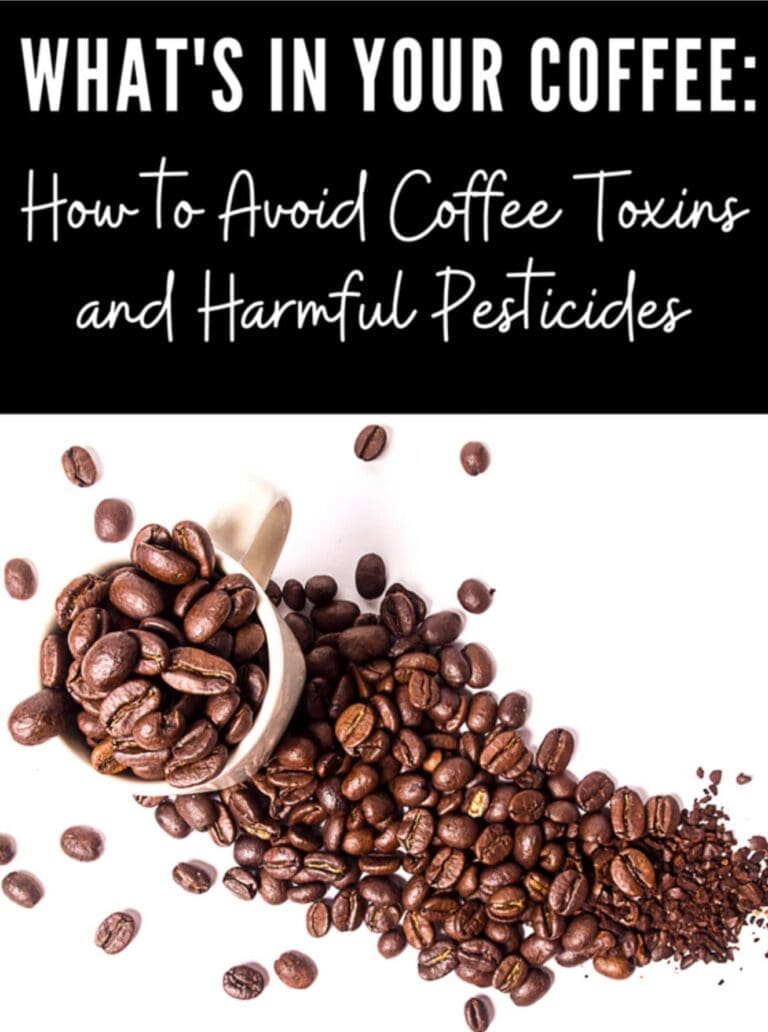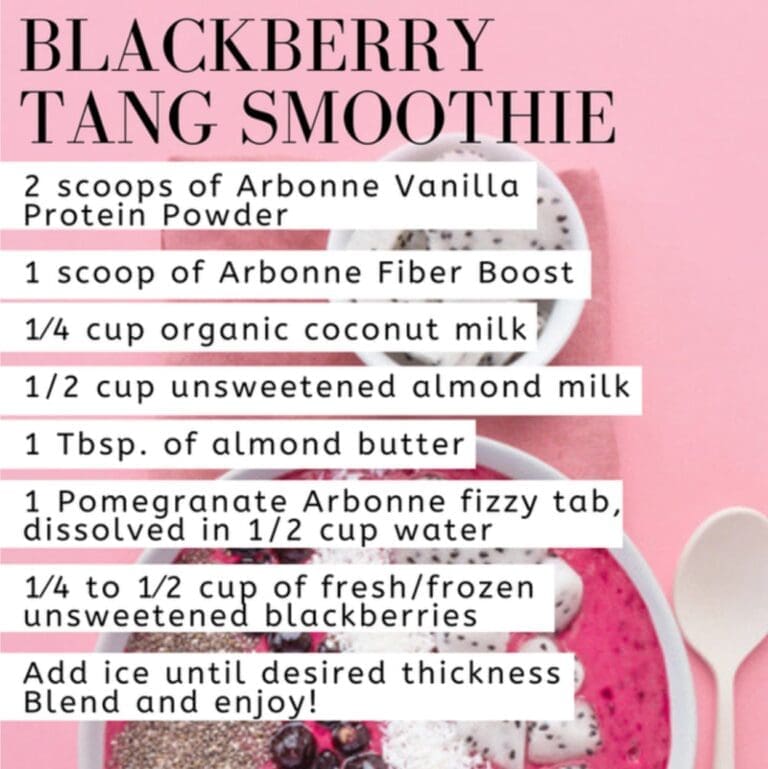Hello, amazing fitness family! I want to share with you the ingredients in our almond milk which we purchase at the store and why to steer clear of it. I know it’s terrifying to think that yet another of our “healthy” favorites is marinating in carcinogens on the shelves of the refrigerators at whole foods. BUT we must stay informed and take control of our bodies and health. The ingredient is Carrageenan, which has somehow slipped through the cracks of organic foods everywhere. The food could be certified organic from the USDA but still contain this carcinogen. It’s found in infant formula, soy milk and almond milk, cottage cheese, and most dairy substitutes. This research by the Cornucopia institute unveils corporate greed and deception in our organic products.
“Carrageenan predictably causes inflammation, which can lead to ulcerations and bleeding,” explains veteran carrageenan researcher Joanne Tobacman, MD, associate professor of clinical medicine at the University of Illinois School of Medicine at Chicago. She says the food ingredient irritates by activating an immune response that dials up inflammation. Her previous work showed a concerning connection between carrageenan and gastrointestinal cancerin lab animals, and she’s involved with ongoing research funded through the National Institutes of Health that is investigating carrageenan’s effect on ulcerative colitis and other diseases like diabetes.
The concern over food-grade carrageenan isn’t new. Beginning in the 1960s, researchers started linking the ingredient to gastrointestinal disease in lab animals, including ulcerative colitis, intestinal lesions, and colon cancer. My solution for all of us is to make our own preservative, chemical free almond milk at home. When we make our own foods, we know exactly what is in them and put the power back in our own hands. Now if only I could grow an almond tree!

How To Make Almond Milk at Home
Makes about 2 cups
What you need
-
- 1 cup raw almonds, preferably organic
-
- 2 cups water, plus more for soaking
-
- Sweeteners like raw honey, sugar, agave syrup, or maple syrup, to taste, optional
Equipment
-
- Bowls
-
- Strainer
-
- Measuring cup
-
- Blender or food processor
-
- Fine-mesh nut bag or cheesecloth
Instructions
- Soak the almonds overnight or up to 2 days. Place the almonds in a bowl and cover with about an inch of water. They will plump as they absorb water. Let stand on the counter, covered with a cloth, overnight, or refrigerate for up to 2 days. The longer the almonds soak, the creamier the almond milk.
- Drain and rinse the almonds. Drain the almonds from their soaking water and rinse them thoroughly under cool running water. At this point, the almonds should feel a little squishy if you pinch them. (It’s best to discard the soaking water because it contains phytic acid, which inhibits the body’s ability to absorb nutrients.)
- Combine the almonds and water in a blender. Place the almonds in the blender and cover with 2 cups of water.
- Blend at the highest speed for 2 minutes. Pulse the blender a few times to break up the almonds, then blend continuously for two minutes. The almonds should be broken down into a very fine meal and the water should be white and opaque. (If using a food processor, process for 4 minutes total, pausing to scrape down the sides halfway through.)
- Strain the almonds. Line the strainer with either the opened nut bag or cheesecloth, and place over a measuring cup. Pour the almond mixture into the strainer.
- Press all the almond milk from the almond meal. Gather the nut bag or cheesecloth around the almond meal and twist close. Squeeze and press with clean hands to extract as much almond milk as possible. You should get about 2 cups. (See Recipe Note for what to do with the leftover almond meal.)
- Sweeten to taste. Taste the almond milk, and if a sweeter drink is desired, add sweetener to taste.
- Refrigerate almond milk. Store the almond milk in sealed containers in the fridge for up to two days.
Recipe Notes
-
- Using the leftover almond meal: The leftover almond meal can be added to oatmeal, smoothies, and muffins as it is. You can also spread it out on a baking sheet and bake it in a low oven until completely dry (2 to 3 hours). Dry almond meal can be kept frozen for several months and used in baked goods.
Want to get healthier? I want to help YOU be the healthiest version of yourself! Let’s do this together. You can start by messaging me ,,HERE with any questions you have or to ,,book your first complimentary group class!






